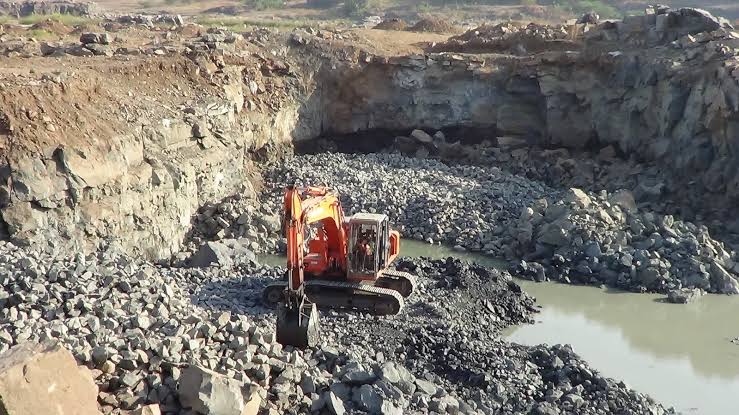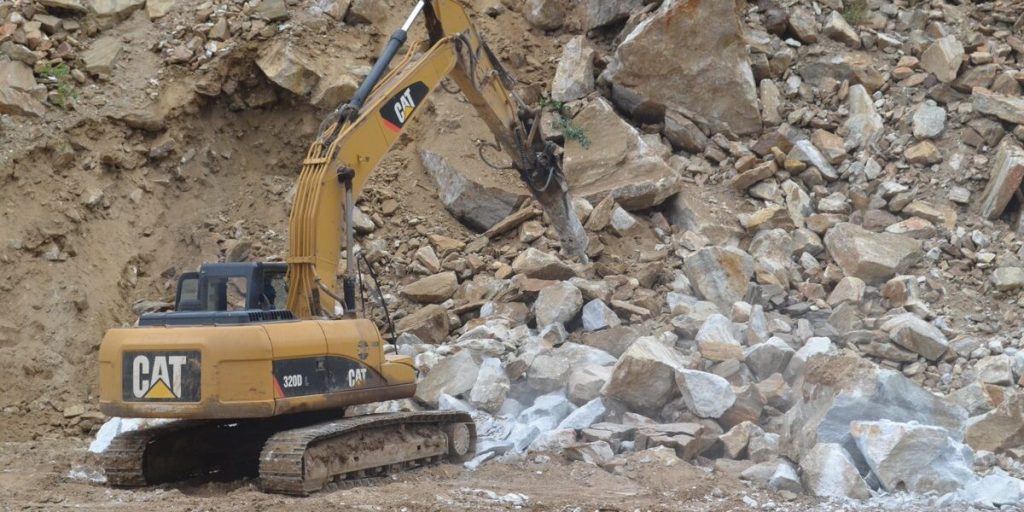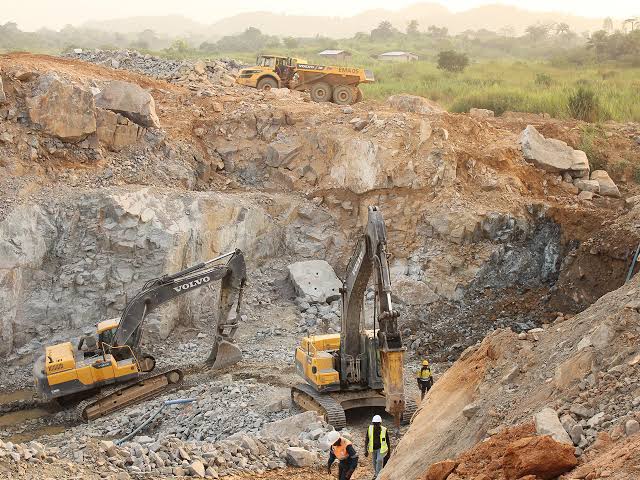By Furaha Charo and Martin Mavenjina
NAIROBI,Kenya, May 18 – Kenya has approximately 48 million people and 44 separate ethnic groups.
Some of the many indigenous populations/communities in Kenya include the Maasai, Samburu, Ogiek, Endorois, El Molo, Yaaku, Borana, Sengwer, Gabra, Orma, Pokot, Rendille, Aweer-Sanye and Turkana. Of those groups, pastoral communities like the Turkana and Maasai are the most numerous while hunter-gatherer groups like the Aweer-Sanye and fishing communities like the Bajuni number far fewer.
A number of these ethnic groups are numerically small and politically weak and, in their recent history, have encountered a new wave of mining and extractive developments on their lands that are unlike anything that has gone before. These developments include large scale mining, mega dam construction, road construction, vast irrigation schemes, colossal deep sea ports, and natural resource exploitation across the breadth of the counties.
Until recently, Eastern Africa was zoned as an agricultural region and as such, not many mining operations went on in the region. However, the landscape has now shifted and now Kenya has witnessed an influx of multinational mining companies such as Base Titanium and Tullow Oil that presently engage in large scale mining and oil exploration in different parts of Kenya. Increased exploration has led to a spate of new mineral discoveries in the country.
While these mining activities have resulted into infrastructural development, an increase of revenue for the government, created jobs and may have opened up new markets, the effects of this activities have significantly and negatively impacted on the lives of indigenous communities in numerous ways.
Limestone Mining in Kilifi and Kitui
In Kilifi and Kitui, the Athi River Cement Company has been mining limestone for cement making for over nine years in Rabai area of Kilifi and Ngaaie in Kitui counties. The companies’ activities have not only significantly impacted on the lives of indigenous communities in these counties but has also severely affected the environment. Recent media reports and local community interviews including past reports by civil society organizations have disclosed that the activities by Athi River mining company have impacted most of these indigenous communities as it has compelled them to change their normal ways of life.
As such, they can no longer till their farm land because the mining activities by the company has significantly impacted on the climate. This has further been exacerbated by the fact that these mining activities usually require large amounts of water that is usually obtained from the natural water sources. As such, the community is not only left competing with the company for water to till their land and but have also been unable to farm.

There have also been various complaints by community members about pollution that as a result of the mining activities by the companies’ quarries and cement manufacturing plant.
The pollution is also as a result of dust from cement manufacturing and from the transportation of raw materials to the factory, as well as noise and vibration from blasting (quarrying) operations have made it extremely difficult for indigenous communities to live in close proximity with the mines.
Despite reports of some efforts being undertaken by Athi River Cement Company to mitigate the negative impacts of its operations on the neighboring environment, there has been no change.
Mombasa Cement Limited (MCL), a factory in Vipingo, Kilifi has conducted large scale cement mining and production over the last couple of years. This has seen the company increase its mining activities as a result of huge deposits of limestone in existing quarries in Yyumbani and Takaungu within Kilifi County.
While an increase in the companies cement production may have created jobs and has helped to sustain the local and international demand for cement, that is a critical material used for large scale infrastructural development, indigenous communities that have lived near the quarries have been subjected to various forms of violations like environmental pollution, loss of livelihood, displacement from their land and noise pollution amongst others.

The companies mining activities have significantly negatively impacted on the right to education in learning institutions like Vuma Primary School and Takaungu Secondary School. This is premised on the fact that school going children have been subjected to noise and dust pollution. Various studies including research by the Saudi Medical Journal (2004), highlights that cement dust causes lung function impairment, chronic obstructive lung disease, restrictive lung disease, pneumoconiosis and carcinoma of the lungs, stomach and colon.
Other studies have shown that cement dust may enter into the systemic circulation and thereby reach essentially all the organs of the body and affect the different tissues including heart, liver, spleen, bone, muscles and hairs and ultimately affecting their micro-structure and physiological performance.
Titanium Mining in Kwale County
Titanium minerals are in demand worldwide for a variety of industrial and commercial applications including the manufacture of pigments, ceramic glaziers, foundry applications and the aerospace industry. Large deposits of such minerals exist on the coastal strip of Kenya.
Reports highlight that they account for 40% of the world’s known unexploited titanium reserves and are claimed to be worth over trillions of dollars on the world’s market. The discovery of titanium in Kwale County has exacerbated the land question in the county and heightened land corruption. It has led to the scramble for land with indigenous communities caught in between.
Despite the economic potential of heavy mineral mining, indigenous communities risk losing their lands, and eventually livelihoods. For instance, the community in Nguluku are at a high risk of being displaced from their land as a result of inadequate compensation packages that have been offered to them by Base Titanium. As such, mining activities not only degrade Agricultural lands but also decrease land available for agricultural production, and has led to the shortening of land fallow periods.
Perhaps the most significant impact of a mining project is its effects on water quality and availability of water resources within the project area. Key questions are whether surface and groundwater supplies will remain fit for human consumption, and whether the quality of surface waters in the project area will remain adequate to support native aquatic life and terrestrial wildlife.

Interestingly most of these companies conducted Environmental Impact Assessment and obtained Environmental License from the National Environment Management Authority. However, clearly they have failed in managing pollution from their mining activities and they have not been held accountable for this. It is also not clear to the community whether there exists a functional Community Development Agreement committee in these areas or Liaison Committees which are supposed to be the linkage between the companies and community.
Lately, mining explorations have been occurring either in unregistered community lands, or areas with pending claims of historical injustices. This state of affairs breeds conflicts between the investor and the local community or between the investor and the government on the one side and the local community on the other side.
These are just, but a few of the very many challenges experienced by local communities in the mining areas. Seemingly, the government is fixated on the prospects of revenue generation and economic development. Even so, benefit sharing is still a grey area as we are yet to develop clear a framework that allows for effective community engagement and accrual of benefits from the exploitation of natural resources.
Despite the existence of various policy and legal instruments including a National Action Plan on Business and Human Rights that provides for a comprehensive strategy for protecting against human rights abuse by business whether Government or Private, indigenous communities are still suffering from ramifications of mining operations.
The Bill of rights in the Constitution of Kenya, guarantees every Kenyan propriety rights and the right to a clean environment. Seemingly, despite the existence of these policies and laws, more needs to be done to protect the rights of indigenous communities, and in the long run promote sustainable development. The 1992 Rio Declaration succinctly captures the key components of environmental justice. It provides that environmental issues are best handled with the participation of all concerned citizens, at the relevant level.
Each individual should have appropriate access to information concerning the mining operations and the environment held by public authorities, including information on hazardous materials and activities in their communities, and the opportunity to participate in decision-making processes.
The government, therefore, needs to not only recognize the key role played by the mining sector in driving the national economy but also take cognizance of the implications of mining activities to the environment and human rights in general.
Its high time that the government takes cognizance of the fact that conflict over the natural resource is a big threat to sustainable development and there needs to a human rights approach in addressing these legitimate community concerns. The government needs to be intentional and proactive in addressing these concerns.
These case studies also bring about conservations about the convergence of natural resource justice and environmental justice due to the intricate interlinkages.
The writers, Furaha Charo is the Program Advisor-Land and Natural Resource Governance and Martin is the Program Advisor-Transitional Justice. Working for Kenya Human Rights Commission(KHRC)
Want to send us a story? Contact Shahidi News Tel: +254115512797 (Mobile & WhatsApp)

